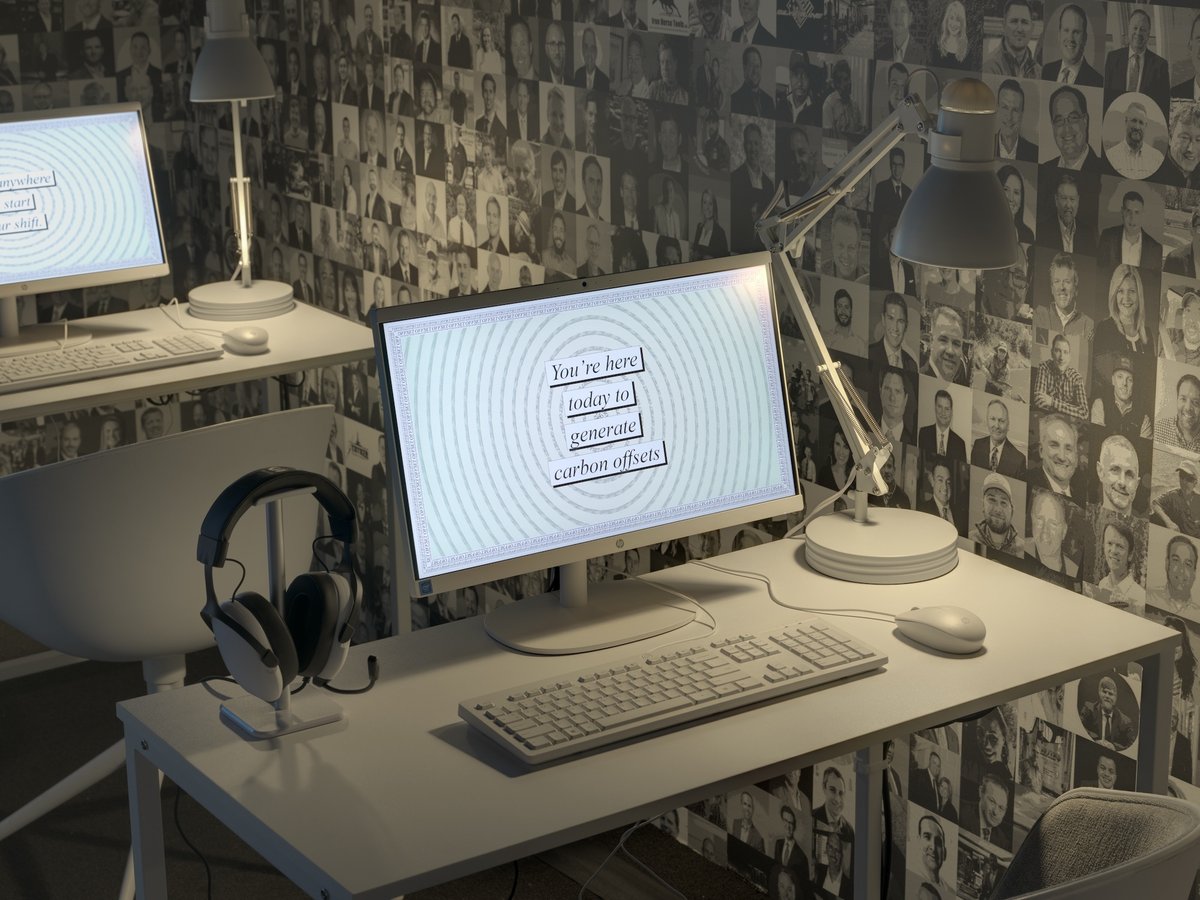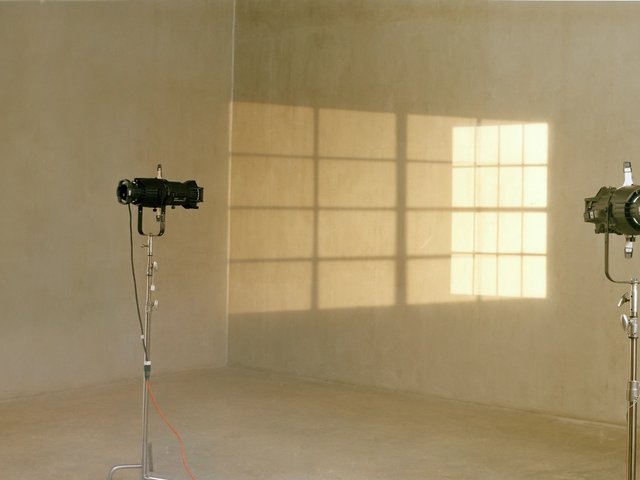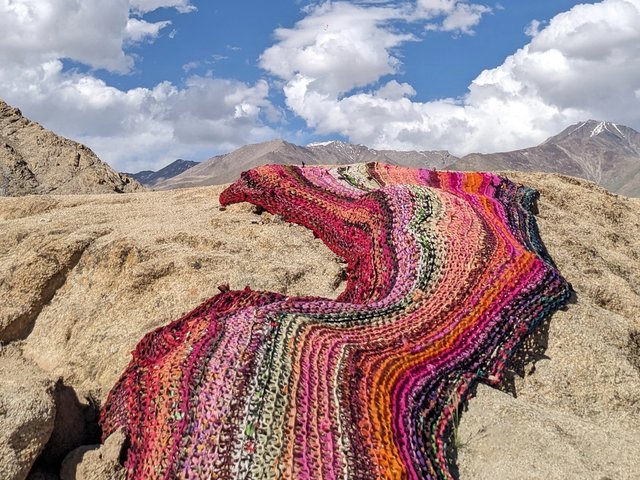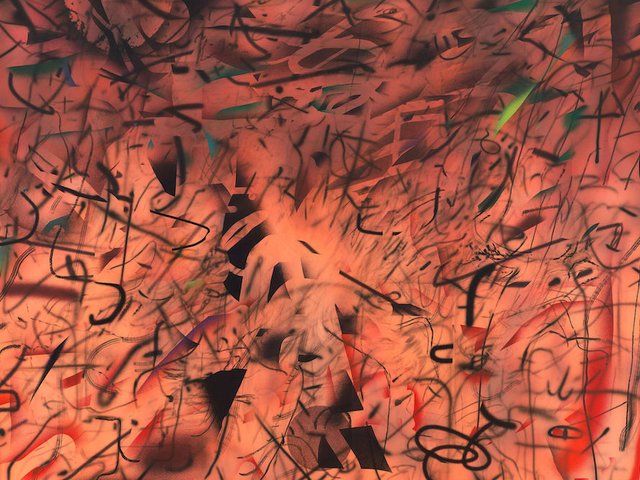The Brooklyn non-profit space Pioneer Works currently houses an art installation in the form of a climate change call centre, Cold Call (2023), but the work’s point is not to solicit pledges. Instead, visitors are encouraged to don a headset, dial a fossil fuel industry executive and follow a script designed to keep that executive on the line as long as possible to impede their productivity. The installation is part of Tega Brain’s and Sam Lavigne’s clever exhibition, How to Get to Zero, which features an array of impish climate art with a serious side.
The exhibition centres around Offset (2023-25), which takes the idea of a carbon offset marketplace to its logical—if also farcical—extreme by allowing people to purchase credits for dissident acts that mitigate emissions, such as the Tyre Extinguishers’ 2022 deflation of more than 10,000 sports utility vehicles’ tyres. A video narrated by a ponderous voice clone of former US president George H.W. Bush (whose 1990 Clean Air Act established the first emissions trading markets) explains the work’s conceit, while also making clear the sleight-of-hand accounting inherent to all offsetting schemes. On a nearby digital interface, visitors can purchase offsets from the artists’ alternative carbon market, with the proceeds going to the group or individual responsible for the emissions-reducing action.
“We were interested in what types of [activist] sabotage we could ask people to perform in a gallery setting,” Lavigne says about the artists’ interventionist approach. Brain adds that the goal was “to make work that has a more active role in the world, work that has teeth”, in contradistinction to “the assumption that art doesn’t have any actual power”. These rationales echo the main idea of Andreas Malm’s infamous book, How to Blow Up a Pipeline (2021), which contends that sabotage is a justifiable form of climate activism.
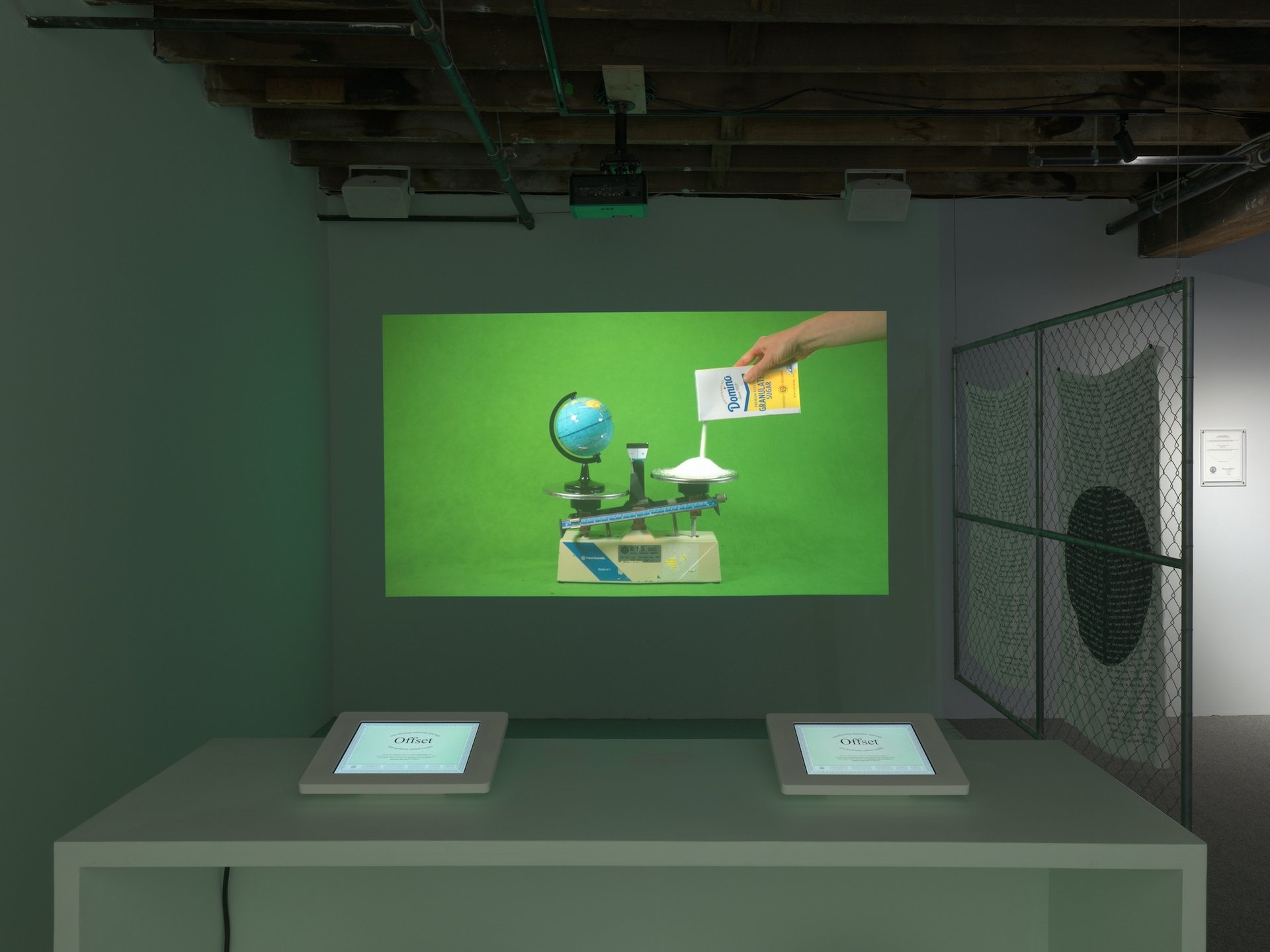
Installation view of Tega Brain and Sam Lavigne: How To Get To Zero at Pioneer Works featuring Tega Brain and Sam Lavigne, Offset, 2023-25 Courtesy of the artists and Pioneer Works. Photo by Dan Bradica Studio.
Yet How to Get to Zero tempers its moral gravity with aesthetic levity, in a way that recalls the 1990s culture jamming stunts of The Yes Men. Perfect Sleep (2021), for example, consists of a recliner, an audio meditation and an anti-productivity phone app that mock-seriously guides users to decrease their carbon footprint by increasing the proportion of their days spent at rest, until they eventually reach a state of “total sleep”. An absurdist glee also animates Synthetic Messenger (2021), which features a cacophonous gaggle of wall-hanging cell phones, each programmed to search for climate change news articles and click on their accompanying ads in order to boost the articles’ engagement statistics and thereby support such journalism.
Such works take action in the world while also cheekily acknowledging how futile that effort can feel, given climate change’s scope. “A lot of the writing about net zero is quite boring and technical,” Brain says. “Humour can invite audiences into that conversation.”
Lavigne says of their practice’s push-and-pull between rigor and jokiness: “We asked ourselves what it would mean to take the proposal of net zero seriously and the answers we came up with blur the line between what’s real and what’s not.”
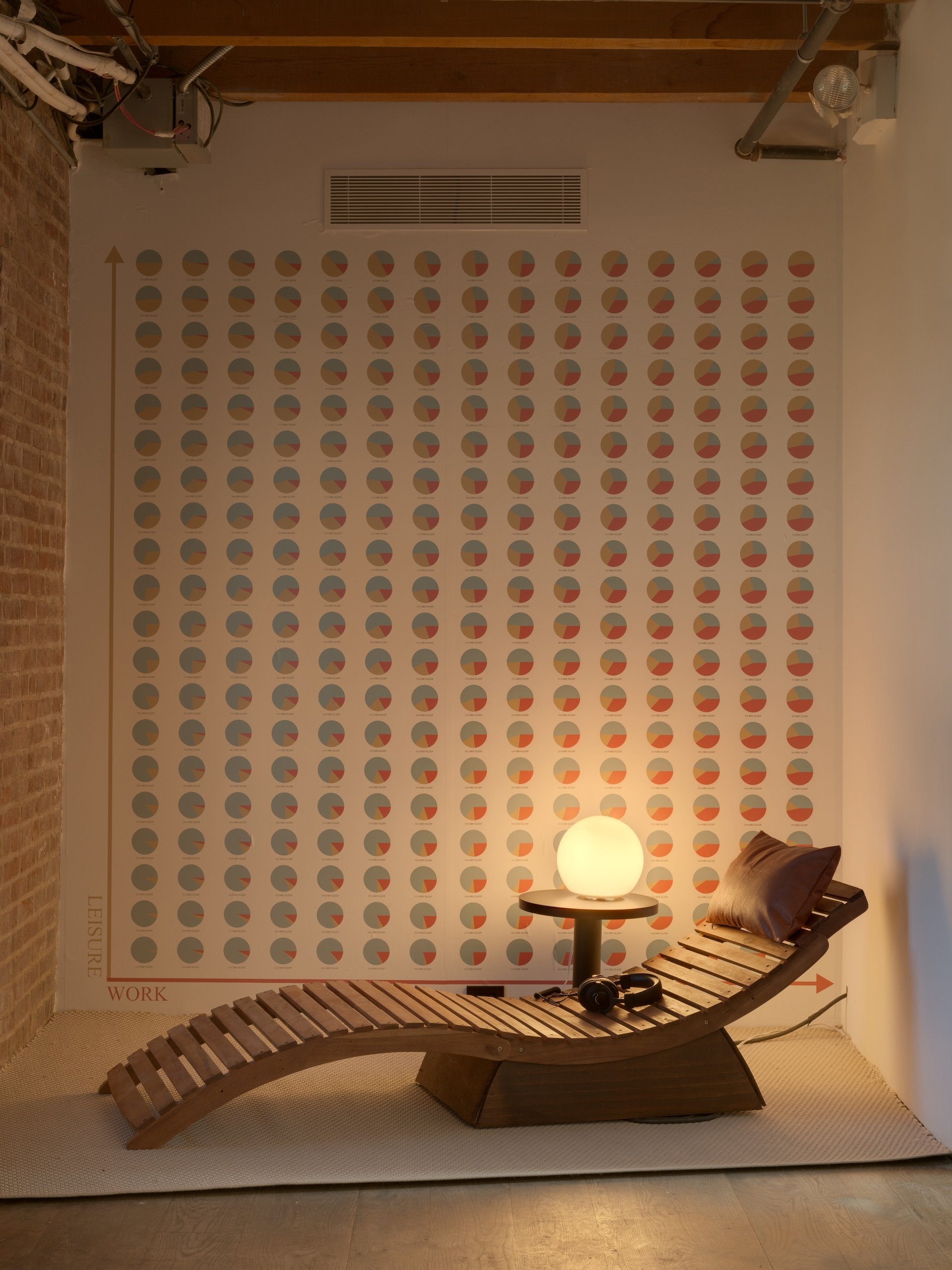
Installation view of Tega Brain and Sam Lavigne: How To Get To Zero at Pioneer Works featuring Tega Brain and Sam Lavigne, Perfect Sleep, 2021 Courtesy of the artists and Pioneer Works. Photo by Dan Bradica Studio.
The artists’ willingness to design fanciful solutions to actual problems is a hallmark of their collaborative and solo works. They began working together a decade ago on Brain’s Smell Dating (2016), a scent-based dating service that improbably attained cult popularity. At the time, Lavigne was working at literary magazines and had grown interested in web scraping’s critical potential; Brain was a former environmental engineer who’d recently pivoted to fine art. At Pioneer Works, examples of their respective solo projects—close-ups culled from police aerial surveillance footage (Lavigne, The Zooms, 2023); a volunteer-run network of solar-powered infrastructure (Brain, Solar Protocol, 2021-25)—attest to their mutual interest in what Brain describes as “the imaginaries attached to different technologies”.
How to Get to Zero’s serious artistic play ultimately imagines a wider sense of what constitutes geoengineering technology. Whereas most geoengineering discussions ponder planetary-scale salvation scenarios, such as vacuuming carbon dioxide out of earth’s atmosphere or parrying sunlight away from it, the artists focus on what they call “expanded geoengineering”: quotidian, small-scale designs, from media consumption to the cultural balance between labour and leisure, that have a cumulative climate effect.
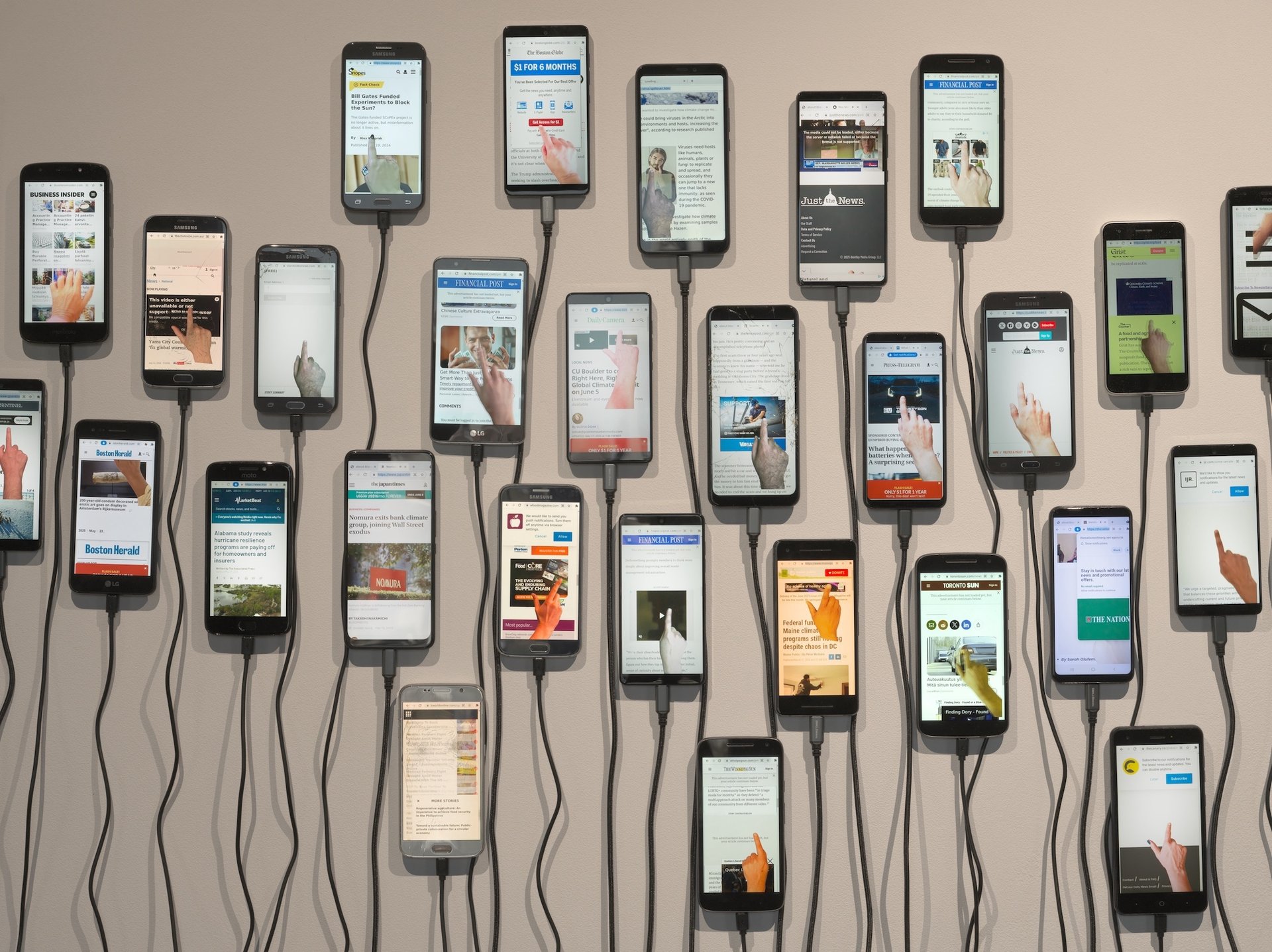
Installation view of Tega Brain and Sam Lavigne: How To Get To Zero at Pioneer Works featuring Tega Brain and Sam Lavigne, Synthetic Messenger, 2021 Courtesy of the artists and Pioneer Works. Photo by Dan Bradica Studio
If that sounds a bit abstract, the refreshing thing about Brain’s and Lavigne’s work is how engaging it appears in the gallery. “When you work with technology in an art context,” Lavigne says, “it has qualities of a performance.”
That was my own experience when I laid down on Perfect Sleep’s recliner and sat down at one of Cold Call’s computer stations. The latter in particular was at once fun and intimidating; as I browsed the directory of fossil fuel executives, I felt like a jittery adolescent flipping through the phone book to make prank calls.
Brain and Lavigne have a far more developed moral compass than most adolescents and even adults. But their work’s frisson of mischief, its eagerness to thumb its nose at the absurd systems in which it intervenes, distinguishes it as both engineering and art. This impish streak provides a welcome change of pace from the didactic tone and apocalyptic imagery of so much climate discourse. It’s a reminder that our species can meet serious problems with biting humour—and that this mindset might even improve our chances of success.
- Tega Brain and Sam Lavigne: How to Get to Zero, until 14 December, Pioneer Works, Brooklyn, New York


